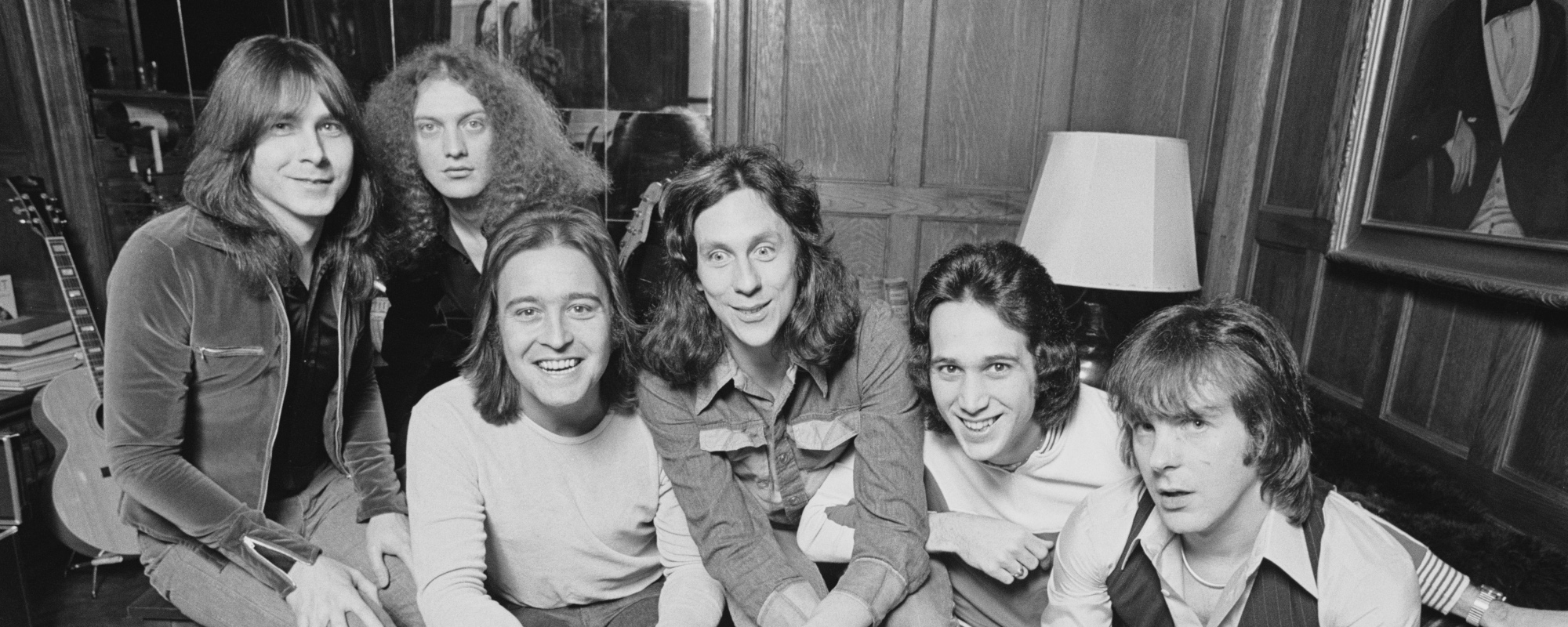Not many folks would have bet on Kenny Rogers as a pop star once he went solo. He played country music at a time when crossover country hits were pretty rare (although he’d help to turn that trend around).
Videos by American Songwriter
In addition, he was coming out of a band that had mostly run out of commercial steam for a few years before they finally called it quits. Nonetheless, Rogers found a song that played into his unique ability as a musical storyteller and transcended genres to soar up the pop charts. And that started him on an incredible roll.
First Things, First
Pop music is generally a young person’s game. Most artists and acts have a window that opens to them when they’re first starting out and then closes once the audience moves on to somebody younger. Kenny Rogers defied that scenario in every possible way.
Rogers was already 37 years old when he released his first solo album, Love Lifted Me, in 1976. Not only did the age seem to be holding him back, but his career wasn’t exactly rising fast when he made the leap to solo records.
For about a decade, Rogers had served as one of the leaders of the band The First Edition. The group played an intriguing mixture of genres and found success in the late 60s and early 70s. Their hits ranged from the psychedelic “Just Dropped In (To See What Condition My Condition Was In)” to the more country-oriented “Ruby, Don’t Take Your Love To Town”.
Solo Success
The First Edition even hosted their own variety TV show for a while in the early 70s. But Rogers and other members of the band began to battle about their artistic direction. The hits stopped coming, and money issues forced Rogers at one point to do a commercial for guitar instruction records. They broke up in 1976, at which point Rogers nabbed a solo deal.
As mentioned above, Rogers had already reached an age when the thought of pop success seemed far-fetched. His first album nabbed him a couple of hits on the country charts, which didn’t seem like that bad a result. But it would pale in comparison to the superstardom he was primed to achieve.
Hal Bynum came up with the idea for the song that would help make this happen. He tried pitching it to Doc Watson but eventually settled on handing it over to Rogers. But first, Roger Bowling, a fellow songwriter, collaborated with Bynum, mostly to help change the ending around a bit to Rogers’ liking.
It’s Not What You Think, Mom
The song in question told the story of a guy meeting a woman in a bar, only to have the woman’s ex enter the picture with his tale of woe about her leaving him. In the final verse, the narrator realizes that he might end up sharing the same fate. “Lucille” was her name.
Rogers met some reluctance from his record company about releasing “Lucille”. They felt that it placed him too much in the traditional country genre, instead of someone who could straddle genre lines. Ironically, this would be the song that actually broke Rogers big on the pop charts, setting in motion an incredible crossover career after it hit No. 5 in 1977.
One other person not thrilled about “Lucille”? Kenny Rogers’ mother, who shared a name with the titular woman. Rogers convinced her that this fictional character was not meant to resemble her. Good thing, because Mom might have derailed the song that propelled her son to the peak era of a legendary career.
Photo by David Redfern/Redferns










Leave a Reply
Only members can comment. Become a member. Already a member? Log in.